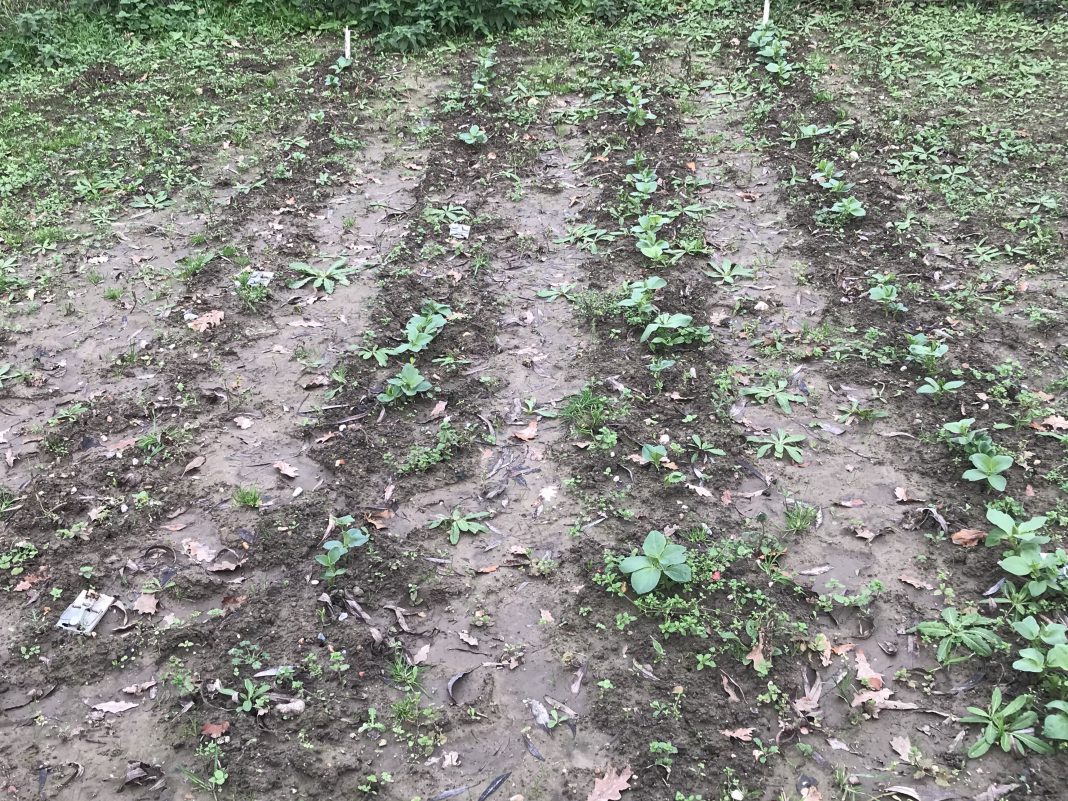This year’s lockdown events have created a new interest in gardening for people of all ages and experience who have turned to home grown fruit, vegetable and flower growing.
And November and December are the perfect time to reflect on what did well in the garden (and what did not) and start making plans for next year. But it’s not necessarily so that next year’s growing season will have the same climate or weather conditions as 2020 and this is the great unknown for gardeners.
What is guaranteed though is that as the daylight hours start getting longer, from December 21, plants start growing. So it’s goodbye to summer vegetables, but now is the time to look forward to savoy cabbages, leeks, parsnips, carrots, beetroot, kale and Brussels sprouts.
Root crops like parsnips, carrots, and beetroot can be left in the ground and lifted when required, but as well as lifting some can be stored in layers of damp sand in a dark shed before the soil becomes waterlogged or frozen – and tall Brussels sprout plants need support from the wind which can blow them out of the ground.
You can also pickle red cabbage, shallots and onions and chutney is great way to use up green tomatoes, marrows and apples – you can substitute for some or all and use other fruit you harvest in the autumn and the results will be just as good. Green tomatoes can be put in a shoe box with a banana which will ripen the tomatoes.
November is the bonfire season because you can burn dead plants, leaves and any rubbish you find when tidying up the garden – and in December it is time to prune the fruit trees and bushes and, if the ground is not too wet or frozen too hard, you can do some digging in the veg garden ready for spring planting.
And, while it might be difficult to motivate yourself to get out and about in the garden during the wettest part of the year, start making plans for next year by looking at seed catalogues, tidy the greenhouse and garden shed, and clean all the gardening tools.
Image Credits: Dennis Leeds-George .




Thanks for tips, but burning dead plants, leaves and rubbish? Really?? Surely you don’t want to advocate increasing carbon levels in the atmosphere? Dead plants can be composted, leaves can go to make mulch, and rubbish?? Bin it!
Annabel I am a bit of an old fashion gardener like my forefathers you cleared the garden of the season plants and burnt them to reduce any disease to be carried over into next year growing season. You recycled the ash in to the soil provide nurturance for the plant. I know this might be out dated with all the garden fungicides and artificial fertiliser now available. You are not increasing carbon levels in the atmosphere just replacing the carbon the plants and trees consumed during the growing season.